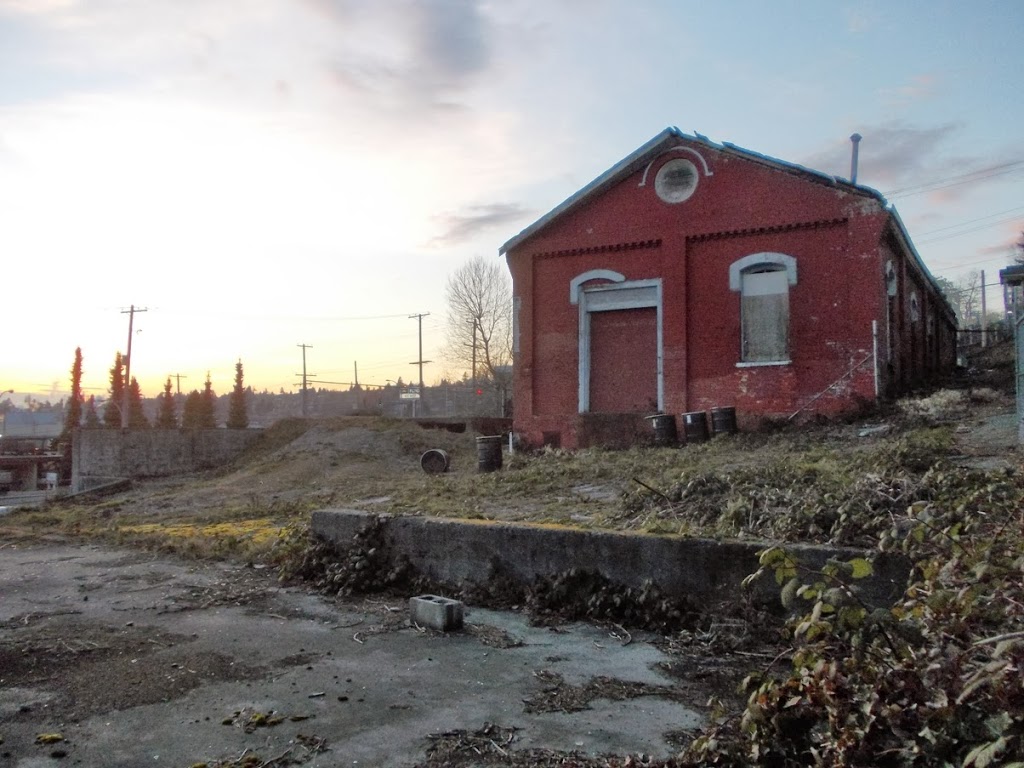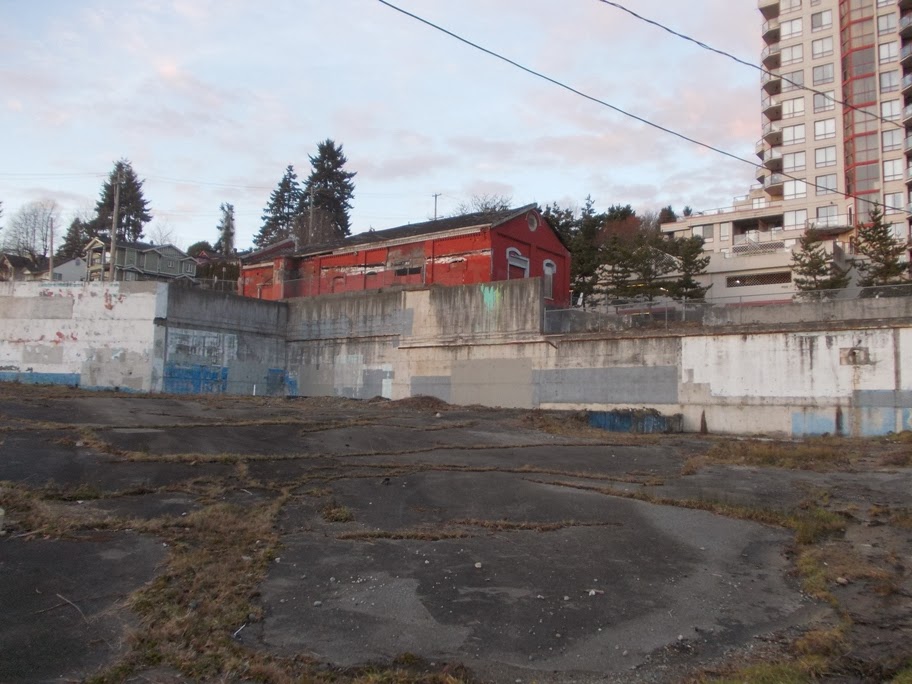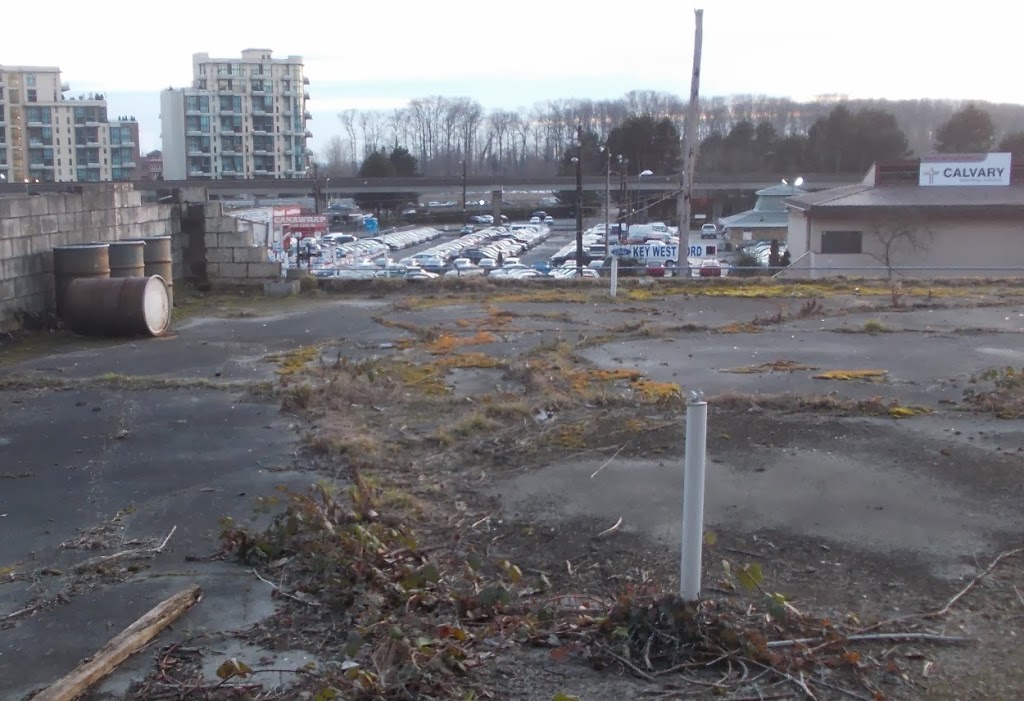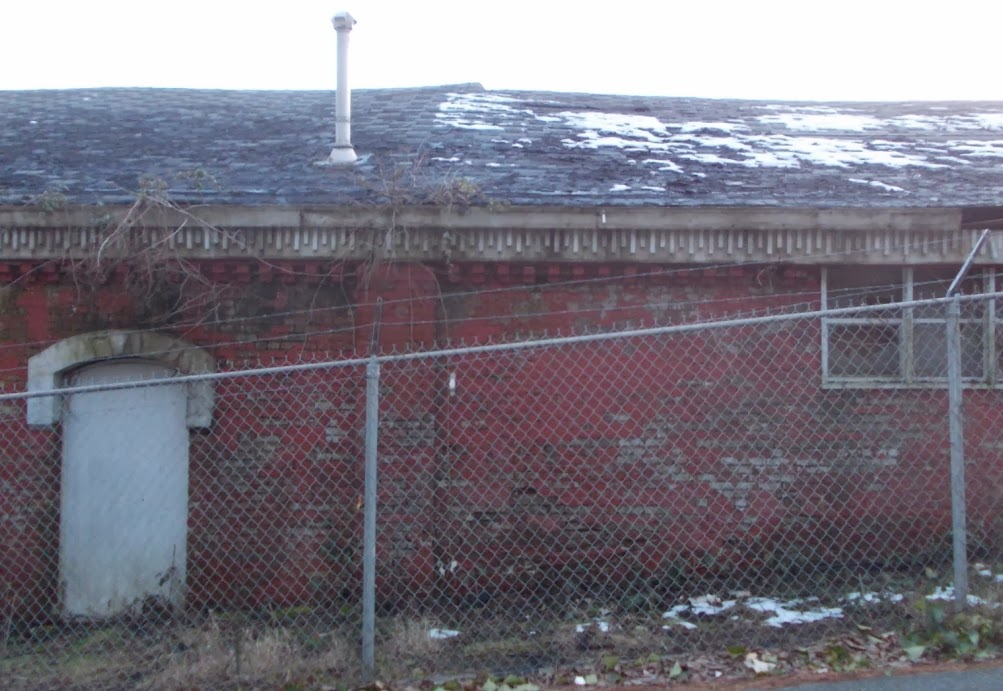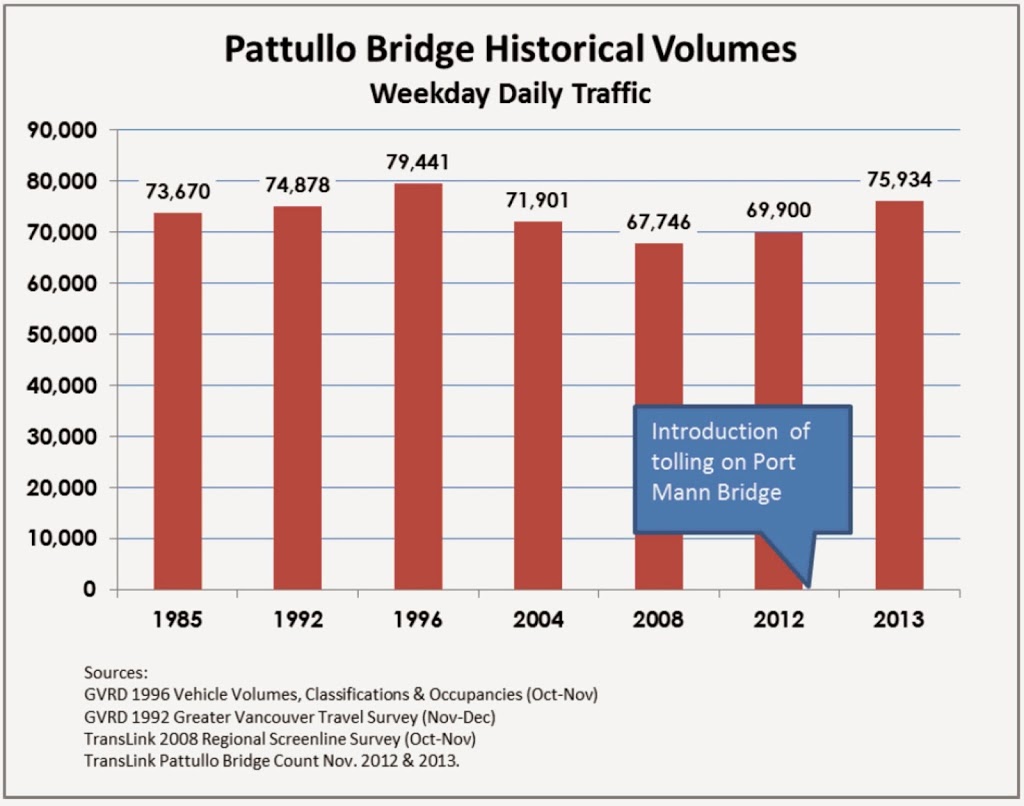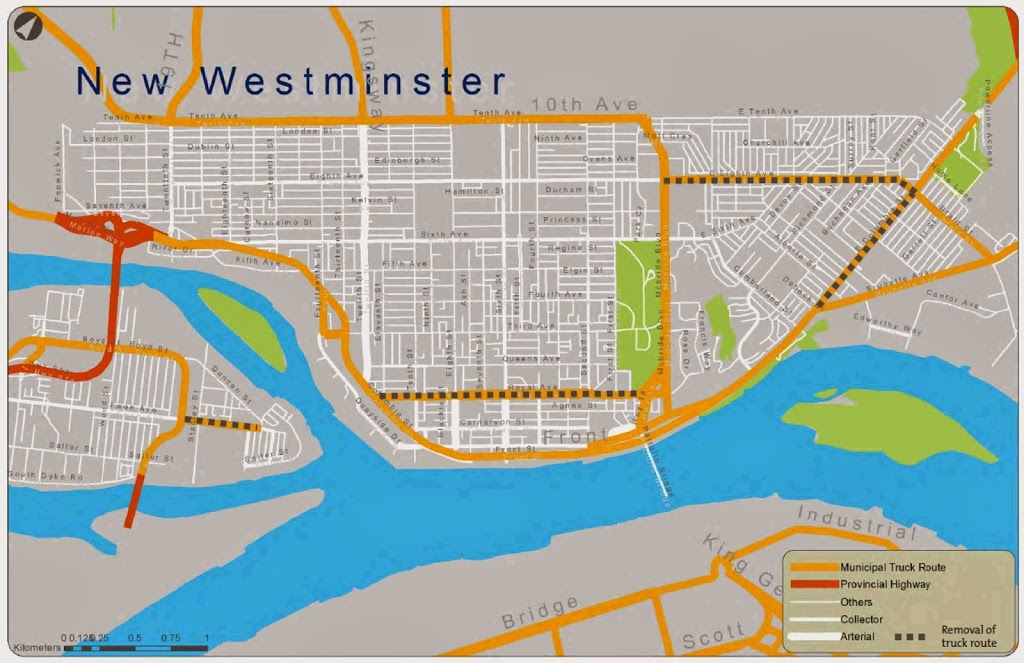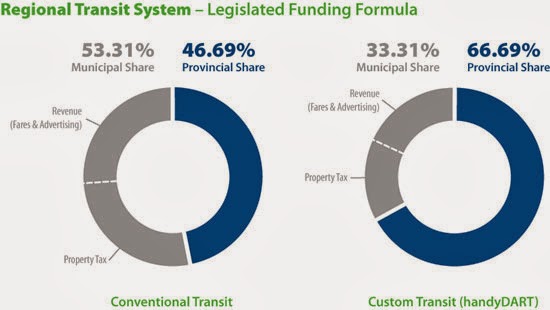There is one site in New Westminster that seems to come and go from the public eye and conversation, but never seems to go anywhere. The empty lot with the decrepit red brick building at the corner of Third Ave and Twelfth Street: the “Gas Works Site”.
The conversation popped up on Twitter this week, and got me back to thinking about it. The last time I had a conversation about the site it was with a business operator in the area who asked over a beer why the City wouldn’t let him park used cars on the site. It made sense to him: the City could get a little revenue from it, and it sure beats the hell out of having it sit there empty and ugly. I started to explain to him the myriad of technical and legislative reasons why the City couldn’t just let him do that, and his eyes soon glazed over, he dismissed my points as “Hogwash”, and we went back to talking about curling. I love this town.
So here is a fuller explanation, best I can figure, and call it hogwash if you like. But first, I need to throw one of my disclaimers out there, in case there is an actual hog being washed.
Everything I know about the Gas Works Site comes from the City’s published documents, most of which you can read here. I have no insider knowledge, nor have I talked to the City to find out if there are unpublished or updated plans for the site. Also, I work with contaminated sites in my professional life, so I know a lot about their technical reality and their legislative challenges, but my knowledge about this particular site is limited to the City’s released reports. Nothing following this should be construed to be professional advice, just informed opinion. The former costs money; the latter is always free!
Gas Works were once common in North American and European cities. These were facilities where coal or coal tar was converted to “town gas”: a mix of methane, carbon monoxide, hydrogen and various other vapours. The gas was then piped all over town to provide gas for streetlamps and some domestic cooking and heating. This was before the technology of pulling methane out of the ground for the same purpose was developed. The gassification process in the 19th Century also produced a fair pile of by-products, come useful, some not. At the time, there was a general practice of dumping whatever waste you may have wherever it could percolate into the ground and go away, presumably forever (the word “pollution” probably was only applied in the biblical sense at the time).
As a result, these sites commonly have soil and groundwater impacted with a variety of persistent and ugly contaminants – from rather unpleasant monocyclic hydrocarbons like benzene and xylenes through to a nasty collection of polycyclic aromatic hydrocarbons and things like phenols, heavy metals, and cyanide. At the New Westminster Gas Works site, some of these substances persist in the ground even 100 years later. The site is big-C “Contaminated”, and not in the biblical sense.
The building on the site also happens to be one of (if not “the”) oldest extant industrial buildings in New Westminster. It is a bit of an architectural treasure, as long as it is still standing. Problem is, the building is standing on top of contaminated soils that will be hard to remove with a building standing on them. If the City wants to do something useful with the site, it first has to clean it up, and before they can do that, they need to decide how to deal with the building.
The site does not currently belong to the City. As the business that operated the Gas Works is long gone, this is a technically an abandoned contaminated site. The BC Environmental Management Act makes the Province responsible for cleaning up abandoned sites. However, like any other landowner, the Province is not compelled by the Act to clean it up any time soon, as long as no-one is currently being harmed by the contamination.
The situation here is not unlike “white pipe farms” we find around British Columbia. The person who owns the land (in this case, the Province) is responsible for the contamination, and if anyone wants to develop the property, they need to deal with that first. The Province is unlikely to sell the land in its current state, because if they do so, they are still, under the Environmental Management Act, responsible for the liability caused by the contamination and are not permitted to sell that liability. Therefore, they are motivated to sit on it, because if anyone uses that land they may expose the owner to unanticipated liability (by doing something dumb like drilling a well into the contamination zone, or starting a day care in the basement exposing the kids to toxic vapours). Notably, because the City owns the road, if it was really concerned about the contamination under 12th Street, they could go out there tomorrow, dig it up and send the Province the bill. If the Province didn’t want to pay, they could drag it out in the courts for years, but none of this is a very nice way to interact when it is much easier to just make a deal.
Apparently the Province was interested in 2009 in getting this site off its books, and the City was interested in making it happen. According to the City reports, there was an initial agreement or MOU signed between the City and the Province for the City to take over the site with some conditions that the City not sell it for commercial use or market housing, yet the affordable housing component that would have been included in market housing for the site be accommodated elsewhere in the City. This conditions was, it would appear, not an issue for the City. Therefore the City went through a Land Use study and public consultation process back in 2009, to determine the community interest in the use of the site. It seems that some combination of a new Firehall, a park, and a community amenity building (or even community gardens!) was the preferred direction.
From what I can glean from the available reports, a deal was outlined where the City would receive the land as a free crown grant (yes, for free!) from the Province (conditional on it being used for public, not commercial, purposes) and the Province would pay for the cleanup of the site. Remember, the Province is already responsible for this cost, but this deal would have just caused them to take this action sooner, rather than sitting indefinitely on the site.
The Province suggested complete remediation of the site (i.e. digging up and trucking away the contaminated soils and treatment of groundwater if required). The details had yet to be worked out how the excavation under the building would occur, but the lowest-cost and lowest-risk alternative seemed to be inserting a sub-foundation under it to support portions of the building while excavation takes place.
The contamination has also spread under 12th Street, and the Province proposed to “Risk Assess” that. This is a common technique for managing low-concentration stable contamination, similar to the way the “toxic blob” at the Pier Park was managed: you isolate the contaminant, make sure it cannot reach humans, plants or animals in a way that might harm them, then monitor it over time to assure conditions under the ground don’t change. There is a good reason for doing this in a location like 12th Street, as there is a big water main and other utilities under the ground there, and if the contamination is located a few metres below those utilities, it will be remarkably complicated (and therefore expensive) to try to dig it out without damaging that infrastructure. From the report, it appeared the City requested that the Province to do a full remediation under the road, but it is not reported if the Province agreed to this and the increased cost. If the Province really wants to remove the liability related to those contaminants and not be stuck with long-term monitoring costs and potential hassles, this would be a reasonable approach for a piece of land (the road) that they do not own.
So that was 2009; where are we now?
The City and the Province apparently still have some deal-making to do. To remediate and dispose of the land will cost the Province up to $2 Million. This cost will depend on how they decide to deal with the heritage building on site, how they plan to deal with the contamination in the road, and what the final land use plan is (community gardens or institutional buildings may require different remediation standards than open park space, at different cost). Once this work is done, the City will be stuck with a large, highly disturbed gravel lot with a dilapidated building on it. To realize the dreams brought up during the Land Use Study and public open houses will cost hundreds of thousands or even millions of dollars, all of which will have to be raised by the City.
Currently, the site is surrounded by used car lots and a church – not huge tax revenue drivers for the City. However that church is currently looking at an ambitious redevelopment, and there are bigger dreams for the longer-term development of the Lower 12th commercial area. Where does this particular Park/Amenity project fit on the priority list for the City? How engaged is the Province in the plan to remediate this site? When will something finally happen to the Gas Works?
The only thing I know for sure is that the old brick heritage building in the middle of it is not getting any younger. The flashing is failing, and there are gaping holes in the wood roof. I hope that the parties can come up with a plan before the “what to do with the building” problem is solved for them by gravity and rot.
